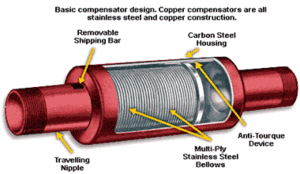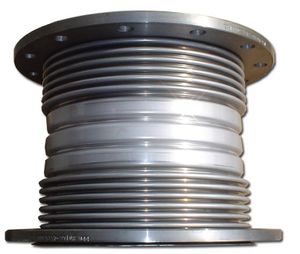Difference between revisions of "Compensators"
(Created page with "Category:Piping{{Knoppen}} <noinclude><!------------------------------------------------ * READ THIS FIRST * Only edit this page if you can improve the content. * Improper u...") |
|||
| Line 7: | Line 7: | ||
* Please start editing this page after the /noinclude | * Please start editing this page after the /noinclude | ||
* -------------------------------------------------></noinclude> | * -------------------------------------------------></noinclude> | ||
[[File:Compensator.gif|thumb|right|Compensators]] | |||
[[File:Compensators1.jpg|thumb|right|Compensators]] | |||
'''Compensator''' is a piece fitted to the end of the barrel of a gun, typically its a tube with holes in the top. Its purpose is to limit the upward verticle travel of the muzzle when the weapon is fired. The purpose of this is to increase the accuracy of the following shots. | |||
Some times it is fitted to reduce recoil in large cal. weapons like the Barretta M107, with such a large cal. (50 cal.) the recoil can just break your bones. | |||
The compensators utilise either a roller diaphragm or bellow arrangement to transmit ambient changes in pressure. The compensating mechanism is complemented with springs of various rates to ensure the internal pressure remains above that of the surrounding water. Analogue transducers are available for all compensators to monitor oil level continually. | |||
Revision as of 05:43, 1 January 2013
Compensator is a piece fitted to the end of the barrel of a gun, typically its a tube with holes in the top. Its purpose is to limit the upward verticle travel of the muzzle when the weapon is fired. The purpose of this is to increase the accuracy of the following shots. Some times it is fitted to reduce recoil in large cal. weapons like the Barretta M107, with such a large cal. (50 cal.) the recoil can just break your bones.
The compensators utilise either a roller diaphragm or bellow arrangement to transmit ambient changes in pressure. The compensating mechanism is complemented with springs of various rates to ensure the internal pressure remains above that of the surrounding water. Analogue transducers are available for all compensators to monitor oil level continually.

